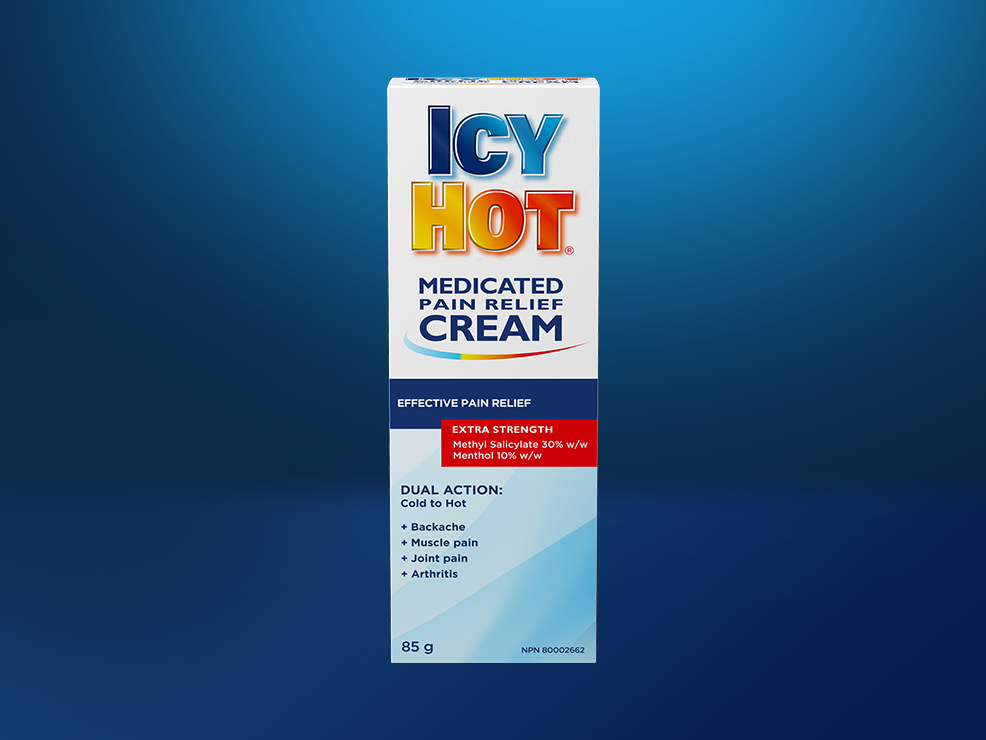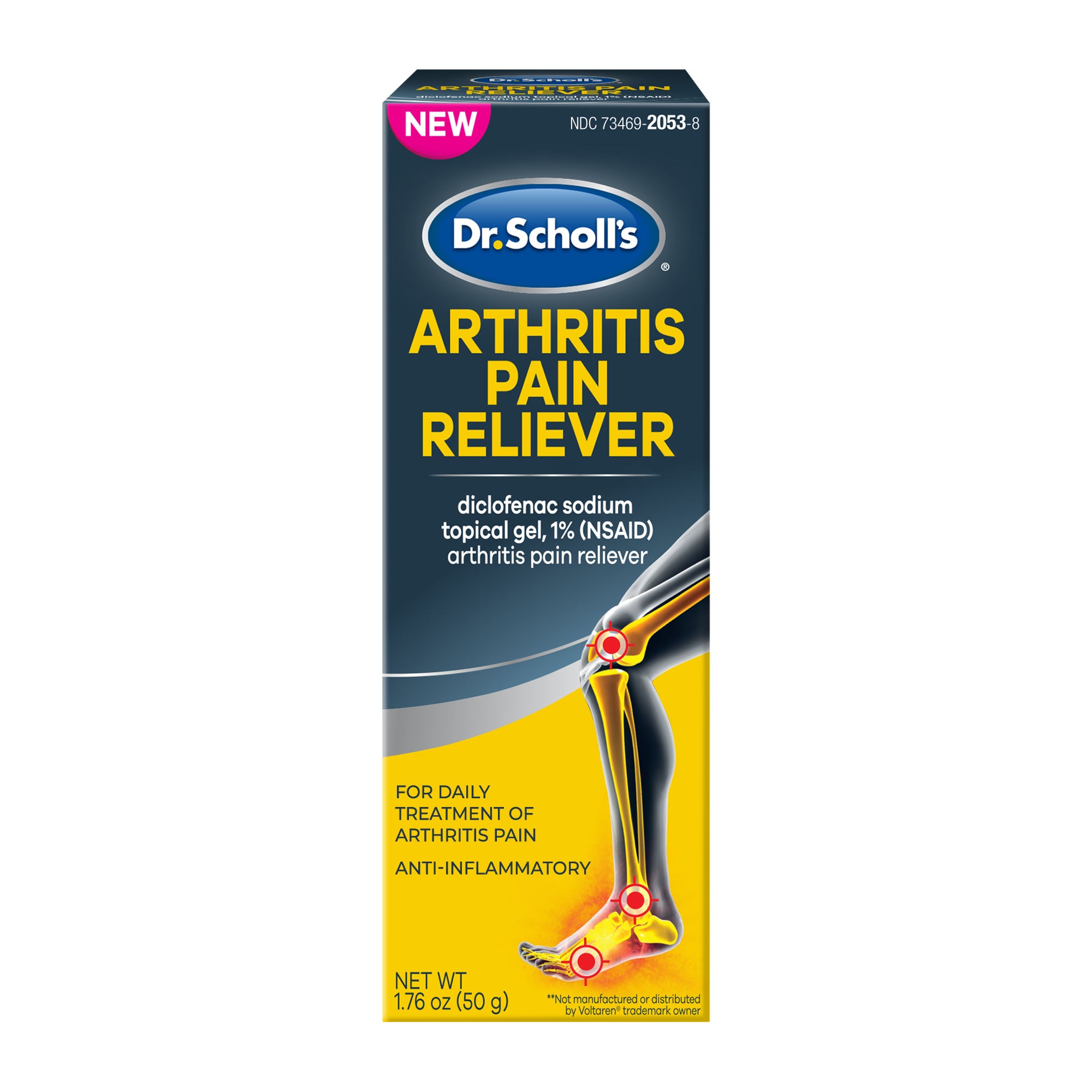Discover the very best Discomfort Alleviation Creams for Joint Inflammation - Find Alleviation From Joint Aches Today
By comprehending the vital active ingredients, different types of discomfort alleviation lotions, and all-natural treatments that reveal pledge in reducing joint pains, it is possible to discover a solution that uses the relief you look for. As we discover the world of discomfort alleviation lotions for joint inflammation, revealing the best choices to soothe joint pain and boost flexibility will be vital for those seeking comfort and break from the challenges postured by this condition.
Topical Discomfort Relief Creams
Among the numerous options for pain relief in arthritis, topical discomfort alleviation creams have actually gained appeal for their targeted application and local result. These lotions are formulated to be applied straight onto the skin over the impacted joint, permitting the active ingredients to pass through the skin and give relief at the site of discomfort.
Topical pain alleviation creams offer a non-invasive option to dental medicines, decreasing the danger of systemic negative effects. They work by numbing the nerve closings in the skin, which can assist relieve the discomfort connected with joint inflammation. In addition, the act of massaging the lotion right into the skin can likewise offer a soothing feeling and help enhance blood circulation to the area, further helping in pain relief.
One of the crucial advantages of topical pain alleviation creams is their comfort and ease of usage. They can be used as required throughout the day, offering on-the-spot relief whenever discomfort arises. In addition, these creams can be found in a range of formulations, consisting of cooling down gels, warming up balms, and odor free options, satisfying private choices.
Components to Seek
Effective discomfort alleviation creams for arthritis contain essential ingredients that target inflammation and offer comforting relief to the affected joints. When choosing a pain alleviation lotion, try to find components such as capsaicin, menthol, and lidocaine. Menthol, originated from mint oils, generates a cooling feeling that can aid sidetrack from the discomfort (pain relief cream). Capsaicin, discovered in hot peppers, works by diminishing compound P, a natural chemical that transfers discomfort signals. Lidocaine is a neighborhood anesthetic that numbs the area where it is used, providing short-term remedy for discomfort.
These active ingredients are generally utilized in joint inflammation lotions to enhance joint function and decrease pain over time. Before acquiring a pain relief cream, seek advice from with a health care specialist to guarantee the components are ideal for your details demands and clinical problems.
Finest Cooling Alleviation Creams
.png)
Fast-Acting Discomfort Lotions
With the emphasis changing to fast-acting pain creams after checking out the world of cooling alleviation options for discover this info here arthritis, people looking for prompt alleviation from joint pain have a variety of cutting-edge remedies to take into consideration. Fast-acting discomfort lotions are made to give fast alleviation by rapidly penetrating the skin to target the source of pain. These creams often have active ingredients like menthol, capsaicin, or camphor, which function to minimize discomfort and inflammation effectively.

When picking a fast-acting pain cream, it my latest blog post is vital to think about individual preferences, allergies, and sensitivities to ensure the chosen item appropriates. Consulting with a doctor can likewise aid establish the most effective fast-acting discomfort hanker specific demands.
All-natural Treatments for Joint Inflammation
Checking out all-natural treatments can provide people with different choices for managing joint inflammation symptoms. Lots of people seek natural treatments to alleviate joint pain and inflammation connected with arthritis. One popular natural remedy is turmeric, a spice which contains curcumin, understood for its anti-inflammatory properties. Including turmeric into your diet regimen or taking supplements may help in reducing arthritis signs.
Another natural remedy is ginger, which has been utilized for centuries to treat different conditions, including arthritis. Ginger has anti-inflammatory homes that can assist decrease pain and improve joint function in joint inflammation people. Consuming ginger in different forms such as fresh, powdered, or as a supplement might give relief from arthritis symptoms.
Furthermore, fish oil supplements rich in omega-3 fatty acids have actually shown promise in reducing swelling and rigidity in arthritis patients. Omega-3 fats can aid lube joints and reduce the production of inflammatory chemicals in the body. Including fish oil supplements in your everyday program may assist handle joint inflammation signs and symptoms normally.
Verdict
To conclude, finding the very best pain alleviation cream for joint inflammation can considerably enhance the quality of life for those enduring from joint pains. By making use of topical creams with key active he said ingredients such as menthol or capsaicin, people can experience fast-acting alleviation and cooling experiences. All-natural remedies can additionally give alternative choices for handling arthritis signs. Generally, exploring various discomfort relief lotions can help people discover one of the most efficient remedy for their particular demands.
By comprehending the vital active ingredients, various kinds of pain alleviation lotions, and natural solutions that show assurance in reducing joint aches, it is feasible to uncover a remedy that offers the relief you seek. As we check out the world of discomfort alleviation creams for arthritis, revealing the ideal alternatives to soothe joint discomfort and enhance flexibility will certainly be critical for those looking for convenience and reprieve from the obstacles positioned by this condition.
Efficient discomfort alleviation creams for joint inflammation contain vital components that target swelling and supply soothing alleviation to the influenced joints. These cooling relief creams can be a valuable enhancement to arthritis monitoring, supplying a rejuvenating and comforting sensation to aid people locate alleviation from joint pains.





